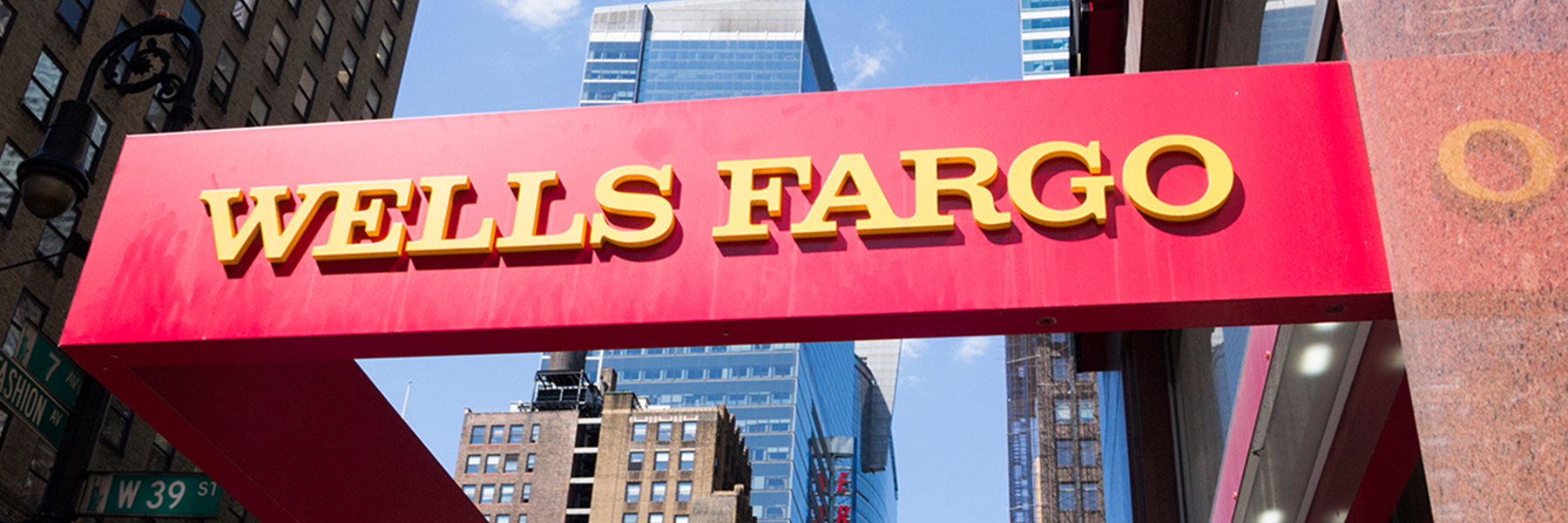Wells Fargo Advisors told its core group of brokers on Thursday that it is consolidating its monthly pay hurdles to a single threshold from three and sweetening bonus opportunities for brokers who grow revenue, client loans, and assets under management.
While a small fraction of the firm’s roughly 10,000 private client group advisors could see a haircut in pay, Wells Fargo Advisors executives said that it will overall result in higher earnings and compensation expenses for the firm in 2022, an unusual change in the often cost-conscious tweaks that major brokerage firms make each year to their plan.
“We are focused on growing the Wealth & Investment Management business, which we’ll do by attracting and retaining the best advisors in the business, increasing net asset flows, and increasing lending balances,” Barry Sommers, the head of Wells’ Wealth and Investment Management division that houses the Wells Advisors unit, said in a statement.
Wells brokers next year will have to hit a single hurdle of $13,500 in monthly production in order to jump from a 22% to a 50% payout rate, executives said. Under the 2021 plan, they had an opportunity to qualify for a lower $12,500 threshold and a higher $14,250 depending on achieving certain production or client-care targets.
The $13,500 hurdle could result in a small haircut for brokers who had qualified for the lower $12,500 option earlier, but that would only affect about 5% of the force, according to John Alexander, head of the Divisional Network for Wells’ Wealth business. The decision to streamline comes after Wells this year raised its hurdles by $1,000, the first increase in seven years.
Wells is also making it easier for brokers or teams who generate over $2 million in annual revenue to qualify for a flat 50% payout. The 2022 plan will eliminate targeted training and best-practice eligibility requirements for the flat payout rate.
In a nod to some broker qualms, the new plan also excises a client segmentation requirement that advisors have 75% of their roster as clients with $250,000 or more in assets to qualify for the flat 50%. (Brokers still face a reduced 20% payout on households under that threshold, which they are encouraged to send to call center brokers or trainees.)
The Wells managers also increased and uncapped deferred compensation bonuses that pay out over five years in an effort to encourage brokers to gather more assets and boost client loan balances.
Wells’ net asset flows award will include a new tier for brokers who add at least $5 million and will pay 50 basis points on new money over that amount. The firm is also removing a $250,000 cap on the award, meaning some brokers could see “very very large awards” next year, according to Wes Egan, head of partnerships, teams, and succession planning for Wells’ Wealth division.
Wells Advisors is also eliminating a $100,000 cap on a lending bonus, which pays brokers a deferred credit of 50% on a mortgage or one-time loan revenue and 150% of the growth in securities-based or similar loans generating recurring revenue based on a 2021 baseline. (Brokers must produce over $400,000 to qualify.)
It is keeping the same length of service and revenue-based deferred bonuses, which could pay up to 10% more in deferred pay at the top end.
“All the best advisors should be here,” Alexander said. “If you want that to happen, then you have to have a competitive comp plan that pays people for doing a really good job for clients and doing the right thing.”
The high payouts match with Wells’ willingness to open its wallet with top-dollar recruiting deals to advisors who join from the competition and perks to headhunters who source the leads. It has been doing so in an effort to hire above-average producers and also to replenish its brokerage ranks, which have fallen to under 13,000 from more than 15,000 in 2016 prior to its parent bank’s fake account scandal.
“Wells Fargo has become a target for recruiters,” to hire out of, said Andy Tasnady, a compensation consultant, who was not involved in crafting the Wells plan. Overall, he said, the Wells 2022 plan will likely be a “net plus” for many advisors, and thereby help the firm boost retention, but the new benefits will be bestowed mostly on big teams and big producers.
Roughly 10,000 of Wells’ brokers are in the core private client group, while the rest are in the firm’s bank-based channel, the independent broker-dealer or the private bank, according to previous tallies that had been included on company websites.
The bank-based brokers, which were integrated with the private client group in 2018, will continue to be paid on a more typical wirehouse-type pay grid that pays between 22% or 46% of revenue. The firm is sweetening the pot next year for bank brokers by eliminating a 12.5% payout penalty on households referred by the bank.
“We want FAs to get referrals from the consumer bank, so we’re going to take that penalty away,” Egan said.
As part of their efforts to further integrate the units, Wells executives “entertained” the possibility of unifying the PCG and bank-based advisors’ compensation plans, but ultimately decided against it for now, Alexander said.
Wells’ relatively small tweaks for 2022 mirror positions taken by its rival wirehouses Morgan Stanley Wealth Management and Merrill Lynch, which also mostly avoided raising hurdles for brokers next year.
UBS Wealth Management USA made more dramatic changes, unveiled in November, to its 2022 plan, which retooled its broker pay grid and bonuses and raised pressure on lower producers.
Original article: Advisor Hub



